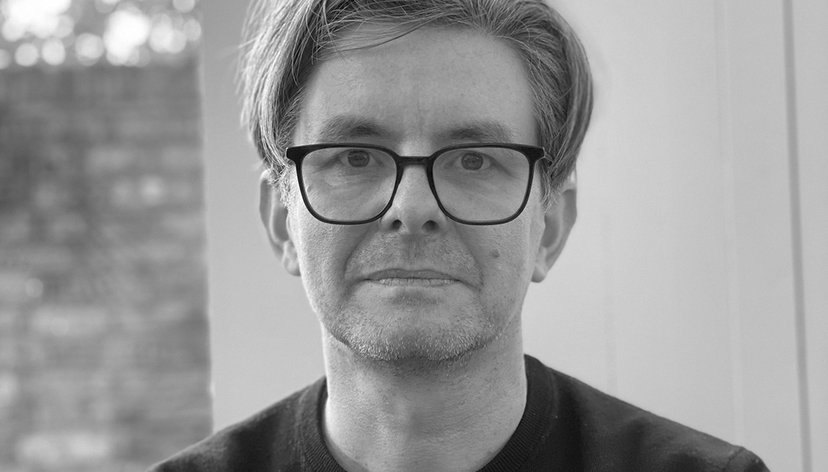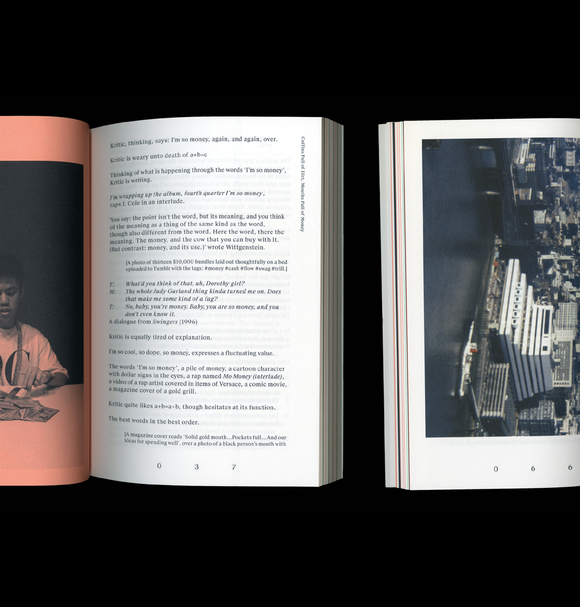
Key details
Date
- 19 May 2023
Author
- Jeremy Millar
Read time
- 2 minutes
Earlier this Spring, Jeremy Millar, Head of Programme in MA Writing, travelled to Switzerland to experience something very few people have ever experienced before - the printing of the world famous Rorschach inkblot tests. Jeremy Millar documented his experience in The Guardian.
Key details
Date
- 19 May 2023
Author
- Jeremy Millar
Read time
- 2 minutes
For images that have been reproduced for more than a century and looked at, quite intently, by millions of people, there is a great deal of secrecy surrounding the Rorschach ink blots. These famous cards – both intensely guarded and instantly recognisable – continue to be used for psychological diagnosis around the world. So, when I asked the publisher recently if I might document the production process, I had not expected them to say yes.
The publisher made certain conditions. If I were to document the process, I must do so without revealing any information about their printing. It seemed a test more exquisitely elegant than the one for which the inkblots themselves are used.

The history of the Rorschach Inkblot Test
In 1917, the Swiss psychologist Hermann Rorschach began developing a test, using inkblots as a means of diagnosing a person’s psychological state. He set about creating images which seemed not to have been made at all, but which were also not simply random. Their purpose must not be obvious, but they must seem to have one.
Rorschach also began to design the ‘protocol’ by which the subject’s responses were gathered and assessed, and here he adopted categories that seemed to relate to the avant-garde art of the period with which he was fascinated: Detail and Whole; Movement, Colour, and Form.
If the responses of different subjects are to be compared then the thing to which they are responding must be the same. The method of the inkblots’ production remains secret to this day. (Even the printer does not know it all: each ink colour is specially prepared elsewhere and is used for the inkblots alone.) For the past decade the inkblots have been produced using lithographic plates with specially mixed Rorschach inks.

Seeing the process
For an undisclosed period at the end of March, in an undisclosed location near Bern, I watched as both printer and publisher gazed intently at sheet after sheet taken off the press. Few ink blots can have been looked upon as carefully as these, although this time it was the forms being tested, and not those looking at them. I was not allowed to look so directly, however, so my camera was turned obliquely, glancing at seemingly familiar shapes obscured by other objects or sliding across the shine of their glossy surfaces.

There were ink blots and stains everywhere, of course, and at times test prints would mean that ink blots would be overlaid one upon the other and new mutations would form. One could not help but wonder what new conditions they might diagnose or which they might help bring about.
Much of my life has been spent looking at images, wondering what they might mean, and though these ink blots may not be artworks, they operate perhaps in a similar way, depending on a “leaning-in” of the viewer and then inviting them to do so. And, invited, I leaned in too, in a small print shop in a village settled in a Swiss valley and there I found… well, I cannot say.
This is a shortened version of an article by Jeremy Millar, originally written for Guardian News & Media Ltd, published on 17 May 2023. Read the full length piece.

